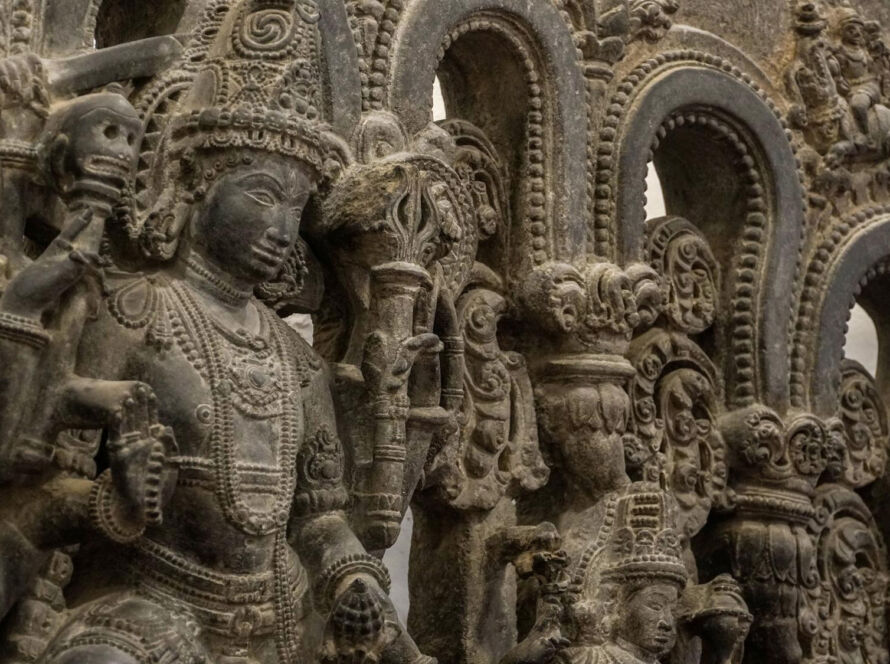Creating engaging explainer videos is crucial for businesses looking to target the Indian consumer. These videos are a powerful tool to educate and inform the audience about a product or service, increase brand awareness and drive sales. In this article, we will explore the best practices and strategies for creating engaging explainer videos that resonate with the Indian consumer.
Understanding the Indian Consumer
To create engaging explainer videos for the Indian consumer, businesses need to understand their target audience. This includes identifying their pain points, preferences, and behavior patterns. Additionally, businesses should consider the cultural context and local language when creating their explainer videos.
Here are some key aspects to consider:
- Cultural Diversity: India is a country known for its rich cultural diversity. Each region has its own distinct traditions, languages, and customs. This diversity influences consumer behavior and preferences. Businesses must recognize and respect these cultural nuances to tailor their products, marketing strategies, and communication styles accordingly.
- Value-Consciousness: Indian consumers are often value-conscious and price-sensitive. They tend to evaluate products based on their affordability and long-term value. Price promotions, discounts, and competitive pricing strategies can play a significant role in attracting Indian consumers. However, it is important to strike a balance between offering value and maintaining product quality.
- Growing Middle Class: India’s middle class is expanding rapidly, leading to increased disposable income and changing consumption patterns. This segment of the population seeks products and services that offer convenience, quality, and aspirational value. Businesses that cater to the needs and aspirations of the growing middle class stand to benefit from this emerging consumer base.
- Digital Transformation: India has witnessed a digital revolution in recent years. With the increasing availability of affordable smartphones and internet access, Indian consumers are becoming more digitally savvy. E-commerce, social media, and digital payment platforms have gained significant popularity. Businesses must adapt their strategies to leverage these digital channels and engage with consumers effectively.
- Brand Loyalty: Indian consumers can be highly loyal to trusted brands. Building brand loyalty requires delivering consistent quality, exceptional customer service, and personalized experiences. Word-of-mouth recommendations and positive reviews also play a crucial role in shaping consumer choices. Businesses that prioritize building trust and strong relationships with their customers can create a loyal customer base in India.
- Importance of Local Languages: While English is widely spoken and understood, businesses should recognize the importance of local languages in India. Many consumers prefer to engage in their native language, especially in non-urban areas. Localization of marketing content, customer support, and product information in regional languages can help businesses connect better with consumers and gain their trust.
- Changing Aspirations and Lifestyle: As India undergoes rapid urbanization and modernization, consumer aspirations and lifestyles are evolving. There is a growing demand for products and services that align with a modern and cosmopolitan lifestyle. Businesses that can tap into these changing aspirations and offer innovative solutions will have a competitive advantage.
Creating an Engaging Storyline
An engaging storyline is crucial for creating effective explainer videos. It should be simple, clear, and easy to understand. Additionally, businesses should use storytelling techniques such as humor and relatable characters to make the video more engaging.
Here are some techniques we use to creatie an engaging storyline:
- Establish a Strong Hook: Grab the audience’s attention from the beginning with a captivating hook. This could be an intriguing question, an unexpected event, or a compelling statement. The opening scene or introduction should generate curiosity and entice the audience to continue watching or reading.
- Define Clear Objectives and Conflict: Every engaging storyline needs a clear objective or goal that the protagonist strives to achieve. Whether it’s a personal mission, a quest for justice, or overcoming a challenge, the objective should be compelling and relatable. Introduce conflict or obstacles that stand in the way of achieving the objective to create tension and keep the audience engaged.
- Develop Complex Characters: Characters play a vital role in storytelling. Create multidimensional characters with unique traits, strengths, weaknesses, and motivations. Make them relatable by giving them human flaws and vulnerabilities. The audience should care about the characters and be emotionally invested in their journey.
- Build Rising Action and Momentum: As the story progresses, build tension and momentum by introducing escalating challenges and conflicts. Each obstacle should be more significant than the previous one, pushing the characters to their limits. This rising action keeps the audience engaged, wondering how the characters will overcome each hurdle.
- Incorporate Plot Twists and Surprises: Surprise your audience with unexpected plot twists and surprises. These unexpected turns of events create intrigue, deepen the story’s complexity, and keep the audience guessing. Plot twists can challenge assumptions, reveal hidden truths, or change the direction of the story, creating a sense of excitement and anticipation.
- Create Emotional Connections: Engaging storylines evoke emotional responses from the audience. Make them laugh, cry, feel suspense, or experience joy alongside the characters. By tapping into universal emotions, you create a deeper connection with the audience, making them more invested in the story’s outcome.
- Balance Pacing: Maintain a balanced pacing throughout the storyline. Vary the intensity of action scenes, emotional moments, and slower, reflective moments. Avoid prolonged periods of monotony or high-action without a break. Well-timed shifts in pacing help maintain audience interest and prevent fatigue.
- Provide Satisfying Resolution: A satisfying resolution is essential to conclude an engaging storyline. Tie up loose ends, resolve conflicts, and offer closure to the characters’ arcs. The resolution should be meaningful, resonating with the story’s themes and objectives. Avoid abrupt endings or leaving major questions unanswered.
- Leave Room for Interpretation: Engaging storylines often leave room for interpretation, allowing the audience to reflect and draw their conclusions. This can spark discussions and debates, extending the impact of the story beyond its conclusion. Embrace ambiguity and open-endedness when appropriate, allowing the audience to engage actively with the material.
- Continuously Refine and Edit: Crafting an engaging storyline is an iterative process. Continuously refine and edit your story, seeking feedback from trusted sources. Look for opportunities to enhance character development, tighten the plot, or strengthen the emotional impact. Refining the story ensures that it maintains its engagement and resonates with the audience.
Using High-quality Visuals and Sound
Using high-quality visuals and sound is essential for creating engaging explainer videos. This includes using clear and crisp images, animation, and background music that aligns with the overall tone of the video. Additionally, businesses should ensure that the video is mobile-friendly and easy to watch on any device.

The Power of Local Languages
India is a country known for its linguistic diversity, with hundreds of languages spoken across its vast expanse. While Hindi and English are widely used for official and business purposes, the power of local languages in India cannot be underestimated. Local languages play a significant role in shaping culture, identity, and communication, making them a crucial aspect of Indian society. Creating explainer videos in local languages such as Hindi, Tamil or Telugu can be highly effective in reaching the Indian consumer. It allows businesses to connect with their audience on a deeper level and increase brand loyalty.
In addition local languages have significant economic potential. By creating content and providing services in local languages, businesses can tap into a vast consumer base that prefers to engage in their native language. This includes e-commerce platforms, digital services, and entertainment industry, where catering to local languages can unlock new market opportunities and drive economic growth.
Measuring Success
To measure the success of explainer videos, businesses should use data and analytics to track the performance of their videos. This includes monitoring metrics such as views, engagement, and conversion rates. Additionally, businesses should use this data to make adjustments and improve their future explainer videos.
Conclusion
Creating engaging explainer videos for the Indian consumer is crucial for businesses looking to increase brand awareness and drive sales. Recognizing and harnessing the power of local languages can lead to a more cohesive and inclusive society that embraces its linguistic diversity. By understanding the Indian consumer, creating an engaging storyline, using high-quality visuals and sound, and measuring success, businesses can create effective explainer videos that resonate with their target audience.




